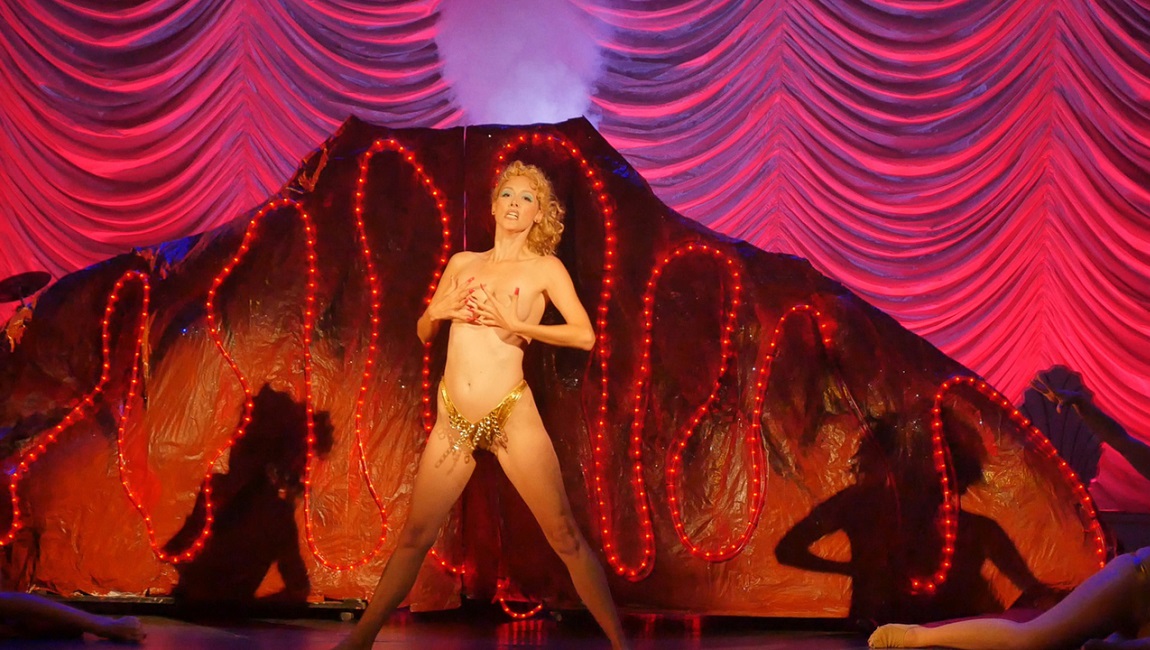One is tempted to think of Heat as a culmination, a kind of halfway point in the career of its director, Michael Mann. This isn’t entirely accurate, since the crime genre has been a vested interest of Mann’s both before and after Heat; one could just as easily place a demarcation point in his career later, in his transition from film to digital. But Heat still feels like a magnum opus, from its huge cast of characters to its generous length (170 minutes, the longest of Mann’s theatrical releases). Heat may not be Mann’s final word on cops-and-robbers, but it is the ultimate expression of his fascination with men who have frozen-out everything in their lives that stands in the way of their profession, and their relentless pursuit of perfection (that this perfection frequently destroys them is an irony not lost on Mann). Robert De Niro’s Neil McCauley and Al Pacino’s Vincent Hanna are both pensive men, one alone and the other on a downward slope of a marriage, one obsessed with scores and the other with taking down guys behind them. Upon Heat’s original release, the sit-down meeting between these two titans was one of the film’s main selling points; De Niro and Pacino had to that point never shared the screen together (despite both appearing in The Godfather Part II). But Mann shoots their conversation in tight, alternating shot-counter-shot, almost perversely keeping the two actors out of the same frame for the duration of the scene. (This has led to a curious myth, that De Niro and Pacino in fact shot their scenes separately and were never on set together. A Google image search quickly disproves this theory.)
Heat may not be Mann’s final word on cops-and-robbers, but it is the ultimate expression of his fascination with men who have frozen-out everything in their lives that stands in the way of their profession, and their relentless pursuit of perfection (that this perfection frequently destroys them is an irony not lost on Mann).
A purveyor of slick, sleek surfaces and impeccably tailored suits, Michael Mann is frequently accused of being too concerned with ‘cool.’ But this doesn’t convey the sense of deep melancholy underlying his work — from the apocalyptic finale of his debut, Thief, all the way through the romantic tragedy of Public Enemies. Surface strength tends to hide the existential angst tormenting Mann’s men, who have trouble with women, trouble with ‘ordinary life.’ McCauley’s motto (“Never have anything in your life that you can’t walk out on in thirty seconds flat”) could just as easily apply to Hanna, or to any of the men in Mann’s filmography. The thing that makes these characters extraordinary is also what ostracizes them, often to their profound detriment. Mann’s fascination with architecture and geometry becomes another way by which to identify these men and their milieu. Hanna resides in a “dead-tech, post-modernistic bullshit house,” although enough small details have been added to the home to create the illusion of a comfortable, lived-in space. McCauley has a beautiful condo overlooking the city, but it’s empty, and Mann uses the contours of the floor-to-ceiling windows to encase De Niro, essentially making him an isolated, imprisoned figure within the frame. The city streets become large, empty spaces, filled with flat horizontal lines. Of course, in the film’s most famous sequence, the epic mid-film gun fight between McCauley’s crew and the LAPD, Mann fills this empty space with violence. The scene represents one of those rare occurrences wherein every shot, every composition and angle, every edit simply feels correct, as if no other decision could have possibly been made. But in fact the totality of Heat feels like this. That is Mann’s precision.
Part of Kicking the Canon – The Film Canon.







